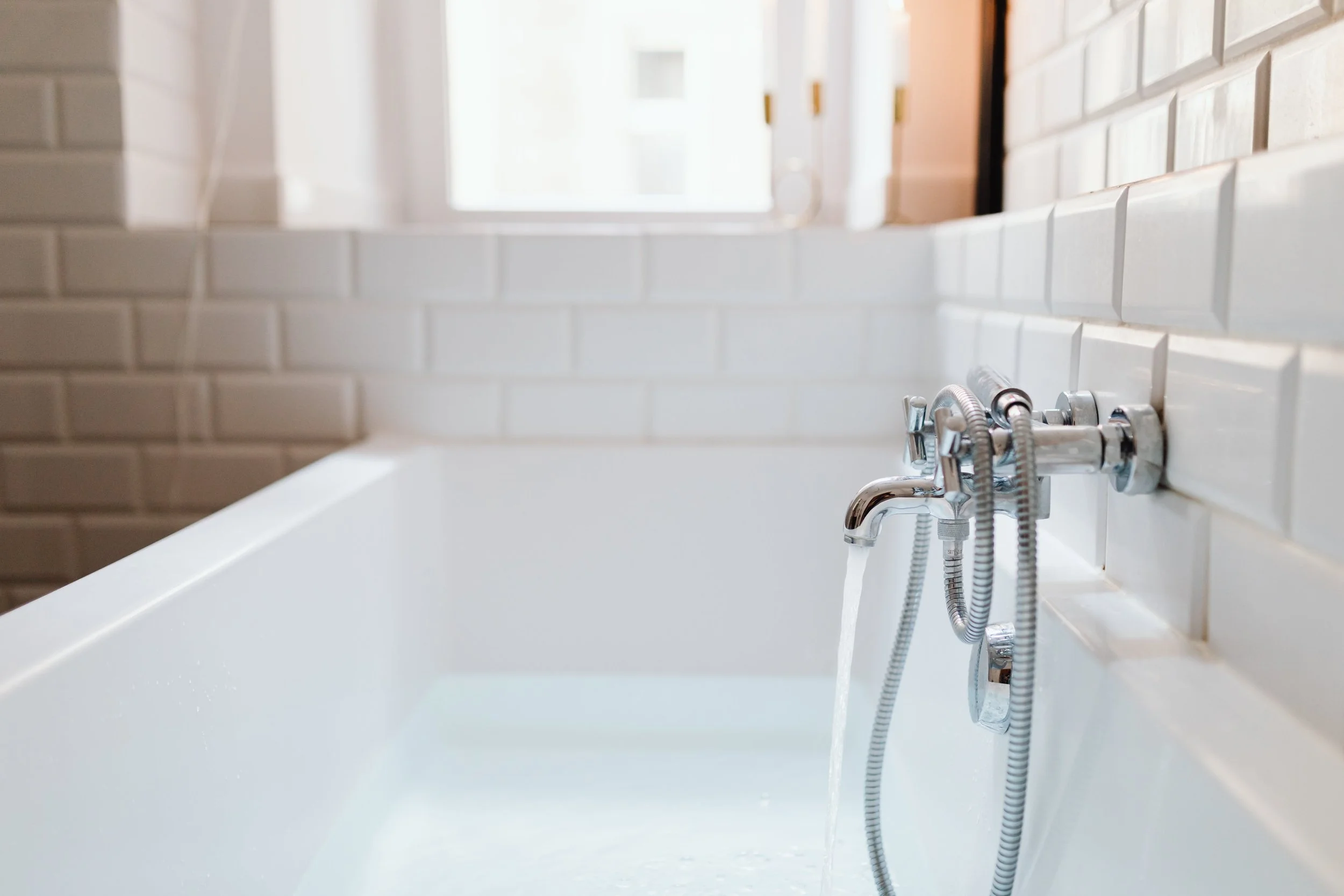What to Have In Your Home to Help You Sleep
RH Business Marketing Solutions
Sleep is a vital part of any healthy lifestyle. While you're sleeping. Your body is working internally to not only maintain good physical health, but healthy brain function. How much sleep you get a night can determine many parts of your life. From how alert you feel during the day to your metabolism speed, it's all affected by sleep.
Getting refreshing sleep at night all starts with having an ideal environment set up. Something as simple as the bed pillow you use or the type of curtains that you have can greatly affect your ability to get restful sleep at night. Fortunately, there are a ton of great items out there that can help you get more restful sleep and get ready to take on tomorrow with excitement.
Blackout Curtains
If you're like most people who get up after the sun rises, then you may want to consider investing in some curtains. Blackout curtains will help to block out the natural sunlight and prevent it from affecting your ability to get quality sleep. The best part is that blackout curtains come in a variety of different colors instead of just the traditional black.
Ambient Lighting
Another great item that you can have around your house to help promote sleepiness is ambient lighting. In the hours leading up to sleep, you should try to spend less time around bright white lights and spend more time around warmer ambient lighting. This will help signal to your brain that it's time to get ready for bed and allow you to fall asleep faster and stay asleep longer.
Ambient Noise Machine
Apart from ambient warm lighting at night, you may want to consider investing in an ambient noise machine. This can be planned for your phone or through a device like the Amazon Echo. Since our brain still process sound while we're sleeping, it can be challenging to get a good night's rest when there are distracting noises that happen overnight. With ambient noise being produced, it will help to eliminate those other distracting sounds.
Supportive Pillow
The pillow that you use when you're sleeping will have a tremendous impact on the quality of your sleep. If you're not getting enough support, you may wake up in the middle of the night with back or neck pain. Many people with old worn out pillows will toss and turn throughout the night and not be able to get into the deep sleep cycle. It's a good idea to replace your pillows every couple of years and ensure that they're providing enough support so that you're comfortable throughout the overnight hours.
Diffuser
Another great item to invest in to help you sleep better at night is a diffuser. With a diffuser you can put in different scents. They can help to enhance your sleep and allow you to fall asleep quicker. Some of the most commonly used are lavender and peppermint.
Just as you can have many amazing things in your home to help you sleep better at night, there are an abundance of things that can negatively affect the amount of sleep that you get. First and foremost is going to be the temperature in your bedroom. If your body is too hot at night, you're going to have a hard time getting into your REM sleep cycle. This is the sleep cycle where you're going to get the most refreshment and rejuvenation to start the day. It's a good idea to avoid temperatures above 65 degrees Fahrenheit when sleeping.
Another thing that can negatively affect your ability to fall asleep at night is stress. If you don't have a proper outlet to reduce stress from everyday concerns, then you're going to struggle getting refreshing sleep at night. Simple hobbies like exercising or reading a book for a few minutes each night can help to alleviate some of that stress and calm down your body so it can fall asleep.
What you drink before you go to bed is going to have a large effect on the quality of sleep that you get. If you turn to any caffeinated drink before bed. It will act as a stimulant to your body. This can result in restlessness, frequent urination, and even an elevated heart rate that can make it challenging to fall asleep. Additionally, alcohol can have a negative effect on your sleep as well. While it might put you to sleep quicker. It will disrupt your sleep throughout the night as you won't be able to get as deep of sleep.
Written by Taylor McKnight, Author for CPAP EquipSource











